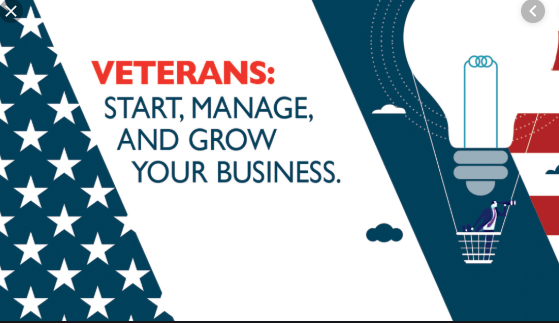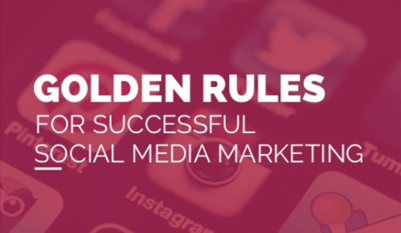FOMO and Attracting Millennial Customers

By Debbie Gregory.
Millennials currently make up one of the largest generations and wield incredible buying power. Reaching them has become increasingly difficult. The rise of social media has made advertising easier and more robust than ever. Social channels such as Facebook, Instagram, Twitter, and Snapchat provide businesses the ability to expose consumers to experiences, products, places, and people that they may not have had access to before.
This has created a whole new level of buyer anxiety that has become known as FOMO, or the Fear of Missing Out. This extends to something as simple as being the first to obtain a new smartphone or larger purchases such as an exclusive exotic location destination vacation. Most Millennials freely admit that they have made purchases simply to avoid feeling like they have missed out on something.
FOMO coupled with social media has become an important tool for companies to get people to purchase their goods and services. Why? Mainly because FOMO is most effective when a company really knows their customer base and has a relationship with them. Social media makes both quite easy.
Below are some ways that your business can take advantage of FOMO and grab more Millennial customers:
-Emphasize the scarcity:
Make sure that you let your customers know that the offering is limited, either in quantity, time, or space. Make it clear that you are only offering a certain quantity of a product, that there is a limited time to take advantage of the offer, or that there are limited seats or spaces at an exclusive event. The more exclusive you can make the offering feel, the the more FOMO you will generate with Millennials. You are creating a sense of buying urgency.
-Use their curiosity to entice them:
Curiosity and anticipation go hand in hand. Stoke your prospect’s curiosity with something that makes them feel like they may miss out. They will happily follow your updates and even spend some money to avoid being left out of the loop.
-Make it easy to share on social media:
Encourage customers to share images of themselves sing and enjoying your offerings. This can create FOMO in your customer’s followers which can turn them right to your business. You want them to regret missing out and there is no better recommendation than someone they care about being happy with your offerings.
Millennials aren’t all that difficult to figure out but getting them to notice your advertising in the sea of messages that they are bombarded with can be tricky. Just try to remember that this group of consumers really wants to experience things that will make others envious or ones that are only offered for a very short time. Create urgency!














